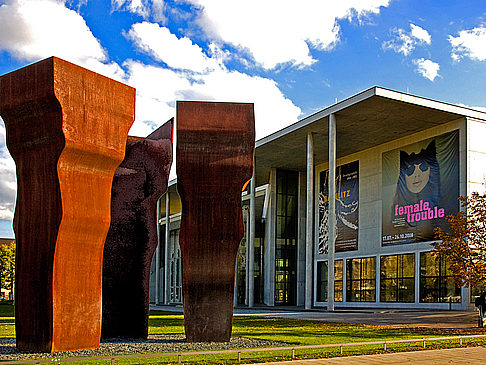Archaeologists from Aristotle University of Thessaloniki have found a remarkably well-preserved marble head of the Greek god Apollo, estimated to be around 1,800 years old.
Dated to the 2nd or 3rd century C.E., the head depicts a finely sculpted young man with flowing curls and a laurel crown, characteristic features identifying him as the Greek god Apollo, associated with archery and music. Uncovered in late 2023 by a team of 15 students led by Professor of Byzantine Archaeology Natalia Poulos, the discovery adds to the ongoing work at Philippi by the University of Thessaloniki, which has been active at the site since the 1960s. Dated to the 2nd or 3rd century C.E., the head depicts a finely sculpted young man with flowing curls and a laurel crown, characteristic features identifying him as the Greek god Apollo, associated with archery and music. Uncovered in late 2023 by a team of 15 students led by Professor of Byzantine Archaeology Natalia Poulos, the discovery adds to the ongoing work at Philippi by the University of Thessaloniki, which has been active at the site since the 1960s.
Originally, the statue of Apollo served a devotional purpose, but archaeologists speculate that it was repurposed during medieval times, likely adorning a town square fountain along with other decorative elements. The discovery of a coin depicting Emperor Leo VI suggests that the area had been utilized since the 8th or 9th century.
Unlike some Greek gods, Apollo held no significant symbolic value in Christian Philippi. Nevertheless, classical and Roman-era statues continued to decorate public spaces well into the late Byzantine period (roughly 13th to 15th century). The presence of the Apollo head likely signifies both the appreciation of fine craftsmanship and the city’s cultural heritage.
The head of Apollo was unearthed east of Philippi’s southern main road, near its intersection with the city’s northern axis. Recent excavation efforts have revealed a square containing elaborately adorned structures. Last year, archaeologists also discovered a statue of Hercules at the site, believed to have been part of the same fountain. This statue depicted Hercules in his characteristic muscular form, wielding a club and holding a lion.
Founded in 356 B.C.E. by King Philip II of Macedon, Philippi flourished due to its strategic location on the Via Egnatia, a vital road connecting Europe and Asia. Its significance continued into the Roman period, culminating in the pivotal Battle of Philippi between the forces of Mark Antony, Octavian, Brutus, and Cassius. The city later became an important center of early Christianity following the visit of Apostle Paul in the 1st century C.E.












